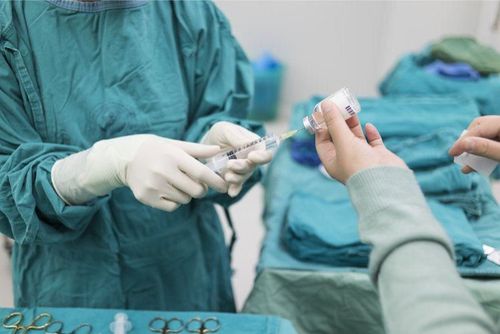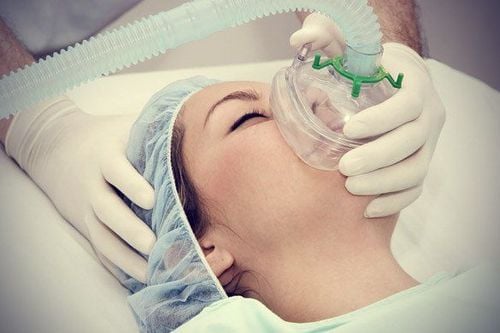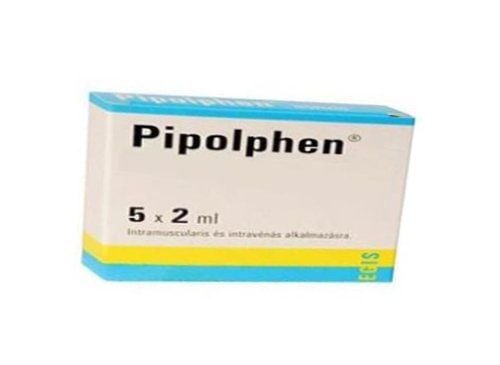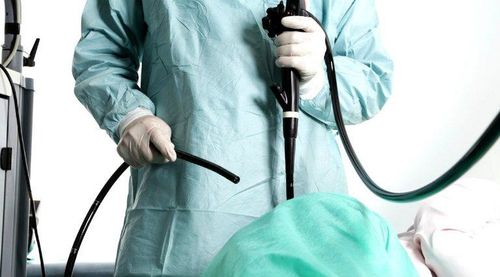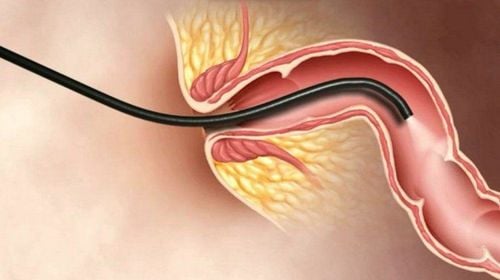This is an automatically translated article.
The article is expertly consulted by Master, Doctor Ton That Quang - Head of Anesthesia - Anesthesia Unit - Department of General Surgery - Vinmec Nha Trang International General Hospital.Inhalational anesthetics generally have a good anesthetic effect and cause few serious side effects. Each drug has its own advantages and disadvantages, so it is rarely used alone, but in combination with other drugs in anesthesia.
1. What is an inhalation anesthetic?
Inhalation anesthetics are available as volatile gases or liquids. Anesthetic drugs are absorbed by entering the respiratory tract through the lungs and then diffuse into the bloodstream to the central nervous system to cause an inhibitory effect. When the concentration of anesthetic drug through inhalation reaches the threshold, the state of anesthesia will appear.The rate of penetration of anesthetic into the lungs depends on the concentration of inhaled anesthetic and the ventilation in the lungs. The penetration of anesthetic from the lungs into the bloodstream depends on the concentration difference between the lungs and the blood, the permeability of the alveolar membranes, and most importantly, the solubility of the anesthetic in the blood.
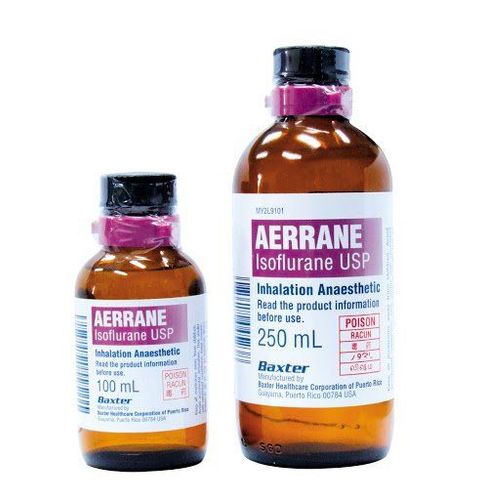
Thuốc gây mê đường hô hấp được khuếch tán vào máu qua đường hô hấp
2. General effects of inhaled anesthetic drugs
Anesthesia: The degree of anesthesia of the drug depends on the minimum concentration of the drug in the alveoli (MAC). The lower the MAC index, the higher the anesthetic activity. Effects on respiration: Almost all inhaled anesthetics cause respiratory depression to different degrees, the strongest of which are isoflurane and enflurane. Effects on the brain: Anesthesia reduces the metabolic rate in the brain, but increases cerebral blood flow, thus increasing cranial pressure, especially in patients with head injury or brain tumor. Effects on the cardiovascular system: The anesthetic halothan has cardiac depressant, vasodilating and hypotensive effects. Certain other drugs, such as isoflurane, methoxyflurane, and enflurane, can increase heart rate through the parasympathetic reflex.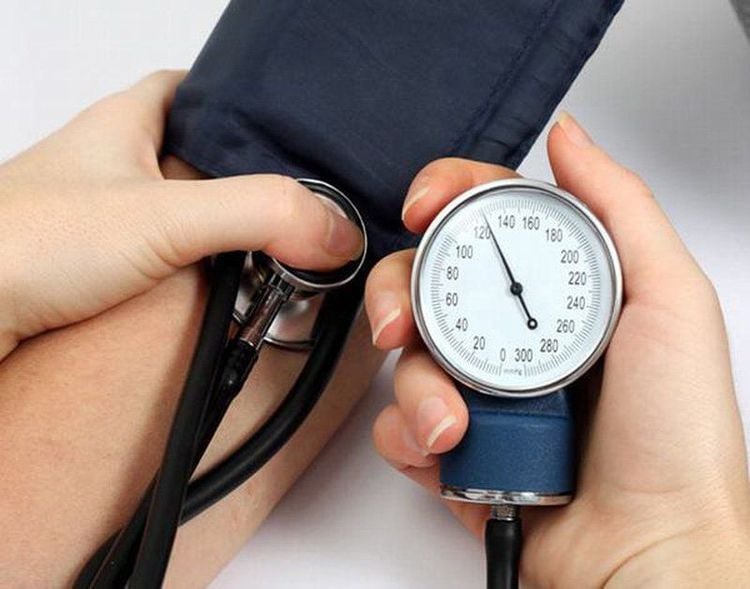
Thuốc gây mê đường hô hấp có tác dụng ức chế hạ huyết áp
3. Stages of inhalation anesthesia
Stage 1: The analgesia period Inhalational anesthesia inhibits the superior center in the cerebral cortex, causing the patient to gradually lose pain, heat and cold sensations.Stage 2: Stimulation period Anesthesia does not affect the subcortical motor centers, so it causes excited states such as screaming, struggling, vomiting, coughing, and increased sputum secretion. The stimulation period lasts only 1-2 minutes, but it is easy to cause complications. Therefore, anesthetic drugs will be combined to quickly pass this period.
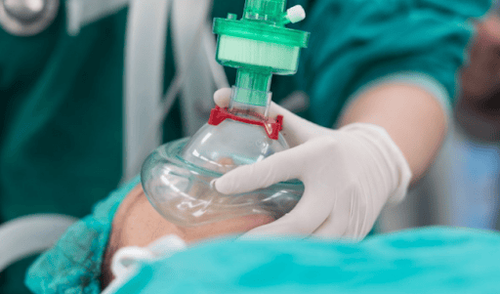
Ở giai đoạn gây mê thời kỳ kích thích rất dễ xảy ra tai biến
Stage 4: The period of bulbar paralysis Anesthesia makes the heart beat slow, weak, weak pulse, respiratory disorders, can cause cardiac arrest, respiratory arrest. If not treated promptly, the patient will die after 3-4 minutes. Therefore, the anesthesiologist always tries to not let the anesthesia go beyond the 3rd stage.
When the anesthetic is stopped, the activity of the nerve centers in the body is restored gradually in reverse order.
4. Commonly used inhalation anesthetics
Ether The commonly used ether dose is from 120 to 150mL/time of anesthesia. Ether has a strong anesthetic effect, relieves pain and relaxes muscles well, but it has a long induction period, easy to cause irritation. At anesthetic doses, the drug can cause a slight increase in heart rate, blood pressure, cerebral vasodilation and increased cranial pressure.For respiratory organs, the drug causes increased secretion of phlegm, causing reflex laryngospasm, vomiting. The drug has a rhabdomyolysis effect and is combined with muscle relaxants such as anti-depolarizing cura-type muscle relaxants, aminoside antibiotics, and lincosamides.
After completion of anesthesia, about 2-3% of the drug is metabolized in the liver to acetaldehyde, alcohol, and acetic acid and then excreted in the urine, 85-90% of the drug is eliminated by inhalation in unchanged form. chemical.
Ether anesthetic is contraindicated in cases of cranial hypertension, diabetes, liver failure, severe renal failure, high fever.
Halothan The drug halothan is used in 125mL and 250mL concentrations. Initiate anesthesia with a dose of 1-2.5%, then maintain at a concentration of 0.5-1.5% (usually in combination with nitrogen oxide and oxygen). Halothan has a relatively fast anesthetic effect, is gentle, wakes up quickly, does not cause stimulation, but has poor muscle relaxation and pain relief, so it is often combined with analgesics and muscle relaxants.
Drugs reduce respiratory flow, so if deep anesthesia is easy to cause hypoxia to tissues, acidosis and respiratory arrest. The drug reduces the contractility of the heart, slows or arrhythmia, vasodilates, lowers blood pressure, increases cranial pressure. The drug causes weak skeletal muscle relaxant, but strong smooth muscle relaxant, uterine smooth muscle relaxant effect slows labor and slows hemostasis after delivery.
Common side effects of halothan are hypotension, bradycardia or arrhythmias, increased cranial pressure, especially hepatotoxicity. In addition, the drug induces an immune response, so if repeated use must be given at least 3 months apart.
The drug is contraindicated in cases of malignant high fever, halothane anesthesia should not be used in obstetrics except in cases where uterine dilatation is required, not in combination with MAO inhibitors.
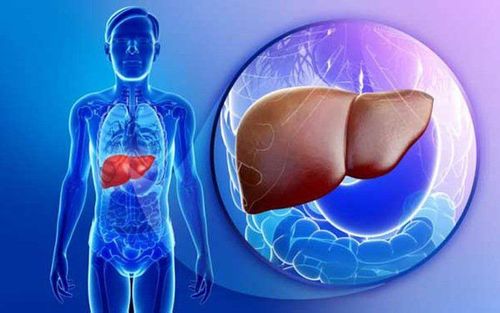
Thuốc halothan có tác dụng tỉnh nhanh nhưng lại dễ gây độc cho gan
The drug has a strong anesthetic effect similar to halothan, fast induction of anesthesia, sedation, and rapid awakening. For the cardiovascular system, the drug causes hypotension due to coronary vasodilation, causes a slight increase in cerebral blood flow, relatively stable cardiac output, does not increase myocardial oxygen demand, so it causes less arrhythmias. halothan. For respiratory function, the drug causes strong respiratory depression, reduces bronchial tone, increases secretion, so it easily causes laryngospasm, which can cause respiratory arrest.
Anesthesia is considered quite safe to use. However, the lack of knowledge about the drug as well as the incorrect use of the drug will lead to unwanted effects, which can even be life-threatening. Therefore, it is necessary to be very careful and careful when using inhalational anesthetics in particular and anesthetics in general.
Vinmec International General Hospital is one of the hospitals that not only ensures professional quality with a team of leading medical professionals, modern equipment and technology, but also stands out for its examination and consultation services. comprehensive and professional medical consultation and treatment; civilized, polite, safe and sterile medical examination and treatment space.
Master. Dr. Ton That Quang has more than 15 years of experience working in the Anesthesia - Resuscitation industry. Doctor Quang was a doctor at the Department of Anesthesiology and Resuscitation at Khanh Hoa General Hospital and a lecturer at the provincial level of Emergency Resuscitation in Obstetrics and Gynecology before being an Anesthesiologist and Resuscitation Doctor at the Department of General Surgery, General Hospital. International Vinmec Nha Trang.
To register for the fastest examination and treatment, you can contact Vinmec medical system or register online HERE.





